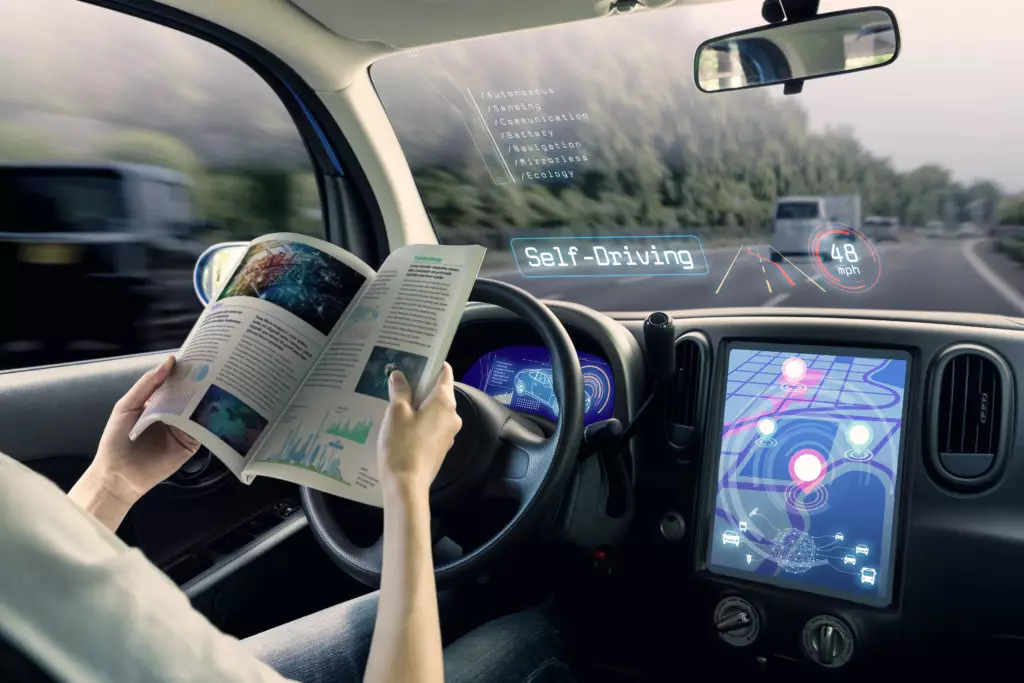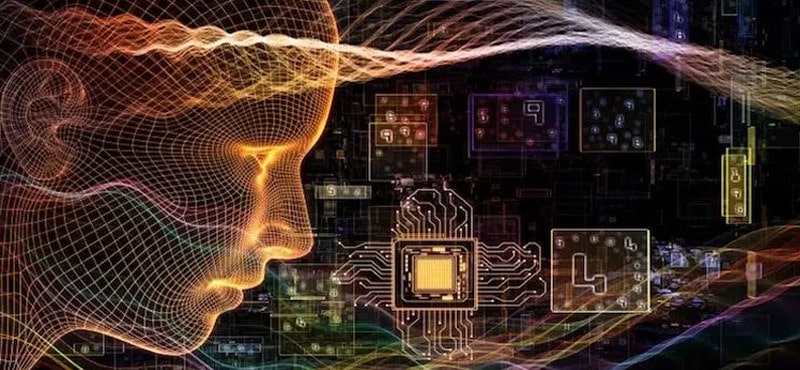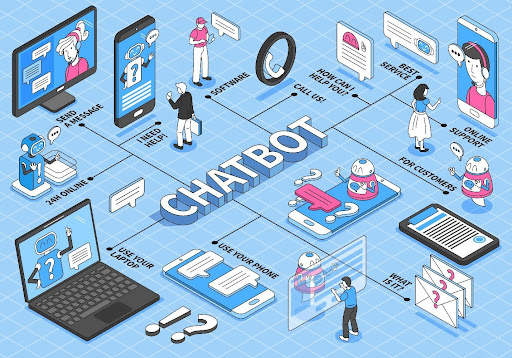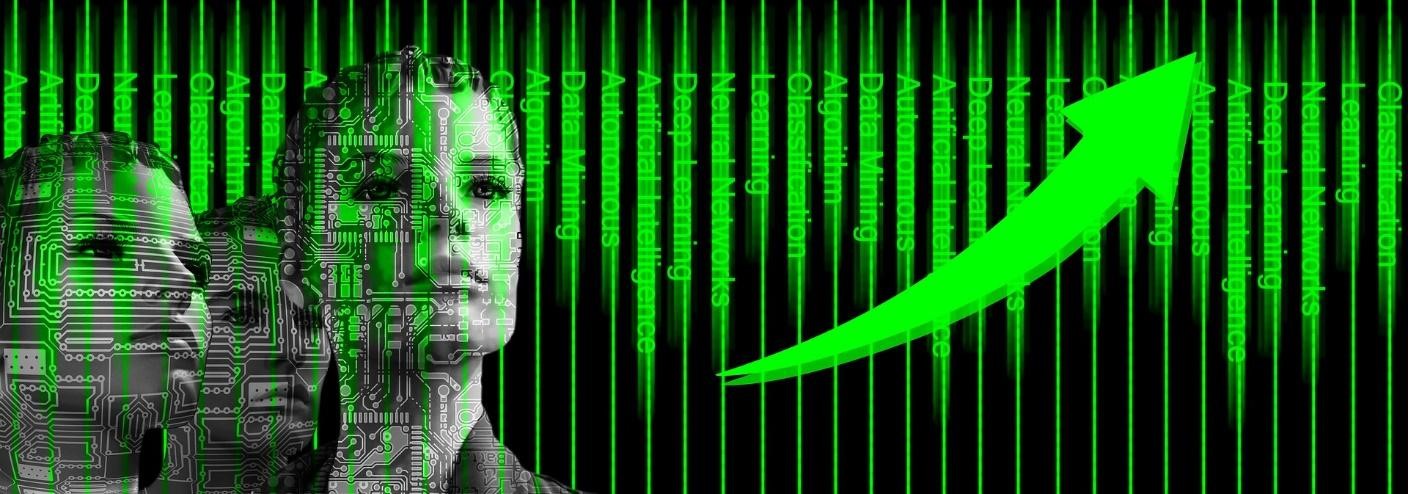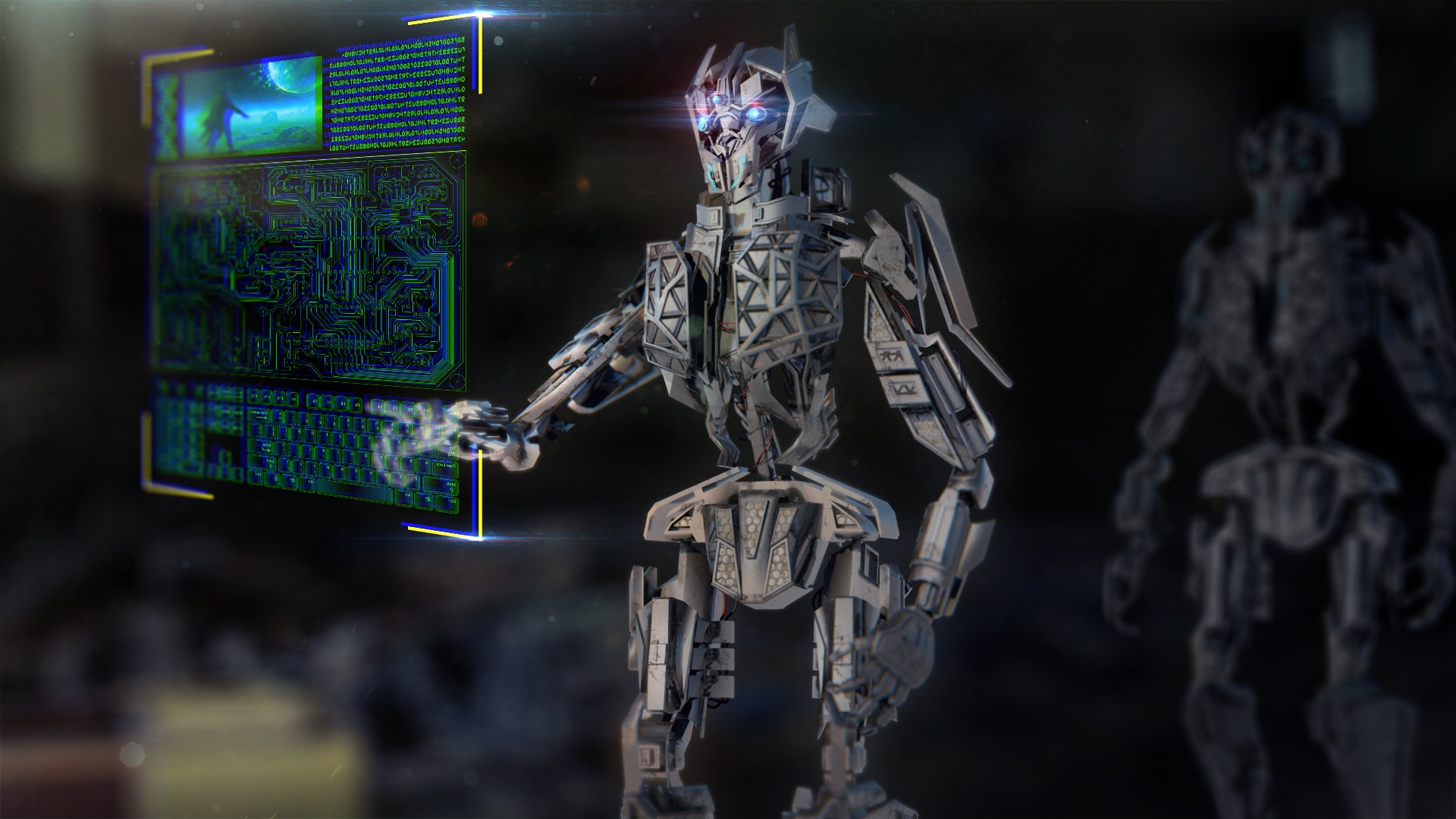Before self-driving vehicles become common, numerous issues must be resolved. Creating AI systems safe enough for public roadways is a primary task. Regulatory, legal, and ethical challenges are how to keep passengers and pedestrians safe and address liability in an accident.
Self-driving automobiles are developing quickly despite these obstacles. Conventional manufacturers and tech businesses are testing self-driving vehicles on public roads. It’s hard to say when self-driving cars will become popular, but they’re likely to.
Car AI
Artificial intelligence has transformed the automobile sector. From self-driving cars to intelligent traffic systems, AI has changed how we travel and interact with our vehicles. Cars can now make real-time judgments using machine learning algorithms. Driving has become safer, more efficient, and more convenient.
Automakers use AI to optimize electric and hybrid car designs for economy and performance. The automobile industry’s future is bright, and AI will continue to shape it.
There are several ways self-driving cars employ AI:
Perception
Cameras, radar, lidar, and ultrasonic sensors are used by self-driving automobiles to acquire data. AI algorithms collect and analyze this data to construct a precise map of the surroundings and recognize items like people, other cars, traffic signals, and road signs.
Decision-making
Self-driving cars employ AI to make real-time choices based on sensor data. A self-driving vehicle will use AI to slow down or stop if it sees a pedestrian crossing the road.
Forecasting
Self-driving cars employ AI to predict pedestrian and vehicle behavior. This helps the automobile anticipate and prevent difficulties.
Speech recognition
Some self-driving cars include speech recognition technology that lets passengers talk to them. This AI understands and responds to verbal commands.
Deep learning in self-driving cars
Training artificial neural networks on massive datasets is called deep learning. These neural networkperformn make image and audio recognition, natural language processing, predictive modeling, and data pattern identification.
Deep learning helps self-driving cars’ artificial intelligence systems navigate and make judgments. For example, huge sets of photos and videos can be used to train deep learning algorithms that can help the car find and classify people, other cars, and traffic.
Self-driving cars employ deep learning to enhance predictive modeling. For example, the car can use deep learning algorithms to predict how likely it is that someone will cross the road or that another car will switch lanes.
Self-driving vehicles and AI algorithms
Automotive AI systems use supervised and unsupervised learning approaches.
Tutored
In supervised learning, a model is trained on a labeled dataset. Supervised learning uses labeled data to learn a function that translates inputs into outputs.
During training, the model is shown as a series of input-output pairs. It employs an optimization technique to update its internal parameters to predict the result given a new input reliably. After training, the model may predict new data.
Supervised learning has several applications in self-driving automobiles. Some examples:
Recognizing objects: A model may be trained to detect objects in self-driving car sensor data using supervised learning methods. A model might distinguish individuals, automobiles, traffic signals, and road signs in pictures or lidar point clouds.
Modeling: A model may be trained to anticipate environmental occurrences using supervised learning methods. For instance, a model may forecast the possibility of a person crossing the road or a car changing lanes.
Behavior prediction: A model may be trained to predict pedestrian and vehicle behavior using supervised learning methods. This may be used to forecast a person crossing the road or a car changing lanes.
Unsupervised learning
In unsupervised learning, a model is trained on an unlabeled dataset. Instead of predicting an outcome, unsupervised learning seeks patterns in data.
Unsupervised learning algorithms detect patterns and correlations in data without a target to forecast. Clustering, reducing the number of dimensions, and finding data points that don’t fit with the rest of the data are all common ways to use these methods.
Unsupervised learning has several applications in self-driving automobiles. Some examples:
Detecting anomalies: Using unsupervised learning methods, a self-driving car’s sensors can detect abnormal occurrences. For instance, an unsupervised learning system may see someone crossing the road unexpectedly or a vehicle changing lanes abruptly.
Clustering: Unsupervised learning techniques can cluster autonomous car sensor data into comparable spots. For instance, this may be used to categorize data points by road surface or traffic situation.
Feature extraction: Sensor data from a self-driving automobile may be extracted using unsupervised learning methods. For instance, an unsupervised learning system might find characteristics in a lidar point cloud or picture that match the edges of objects in the surroundings.
Autonomy in self-driving cars
Self-driving automobiles are categorized by automation degree, from 0 (no automation) to 5. The Society of Automotive Engineers (SAE) defines automation levels as follows:
Level 0: Manual.
At all times, the driver controls the car.
Level 1: Driver aid
Autonomous features like lane keeping and adaptive cruise control are built into the car, but the driver must always be ready to take control.
Level 2: Partial automation
The car has automatic acceleration, braking, and steering, but the driver must still keep an eye on what’s happening around them and be ready to act.
Level 3: Automated conditions
The car can do all driving functions under certain circumstances, but the driver must be ready to take control if it cannot.
Level 4: Automation
The car can do all driving functions under most conditions, but the driver may need to take control in poor weather or challenging driving scenarios.
Level 5: Full Automated
The driver doesn’t need to take charge because the car can do everything.
Pros and cons of self-driving automobiles
Pros
Fewer accidents: Self-driving cars may minimize human-caused casualties, resulting in fewer road deaths and injuries.
Better traffic flow: Self-driving cars may communicate and optimize their routes and speeds in real-time to enhance traffic flow.
Self-driving cars might help those who can’t drive due to age, disability, or other reasons.
Self-driving automobiles may cut fuel usage and pollutants, benefiting the environment.
Cons
Reliability and safety: In complicated or unpredictable driving conditions, self-driving cars’ dependability and safety are questioned.
Job loss: Taxi and truck drivers may lose their jobs to self-driving automobiles.
Ethical and legal concerns: Ethical and legal challenges are how to protect passengers and pedestrians and resolve liabilities in an accident.
Cyber security risks: Cyber attacks might endanger self-driving cars’ safety and privacy.
Self-driving automobiles in action
Takeaways
AI is vital to self-driving car development and operation. AI is used by self-driving cars to observe, understand, and navigate their surroundings. They also use sensor data to make decisions in real-time. Deep learning, which uses huge data sets to train artificial neural networks, is often used to make self-driving cars.
Self-driving cars might minimize road deaths and injuries by reducing human-caused accidents.
Self-driving cars improve traffic flow and reduce congestion by talking to each other and figuring out the best routes and speeds in real-time.
Those who can’t drive due to age, disability, or other reasons may benefit from self-driving automobiles. Self-driving automobiles may cut fuel usage and pollutants, helping the environment. Before self-driving vehicles become widespread, regulatory, legal, and ethical concerns must be addressed, as well as the development of reliable and safe artificial intelligence systems for public roadways.
